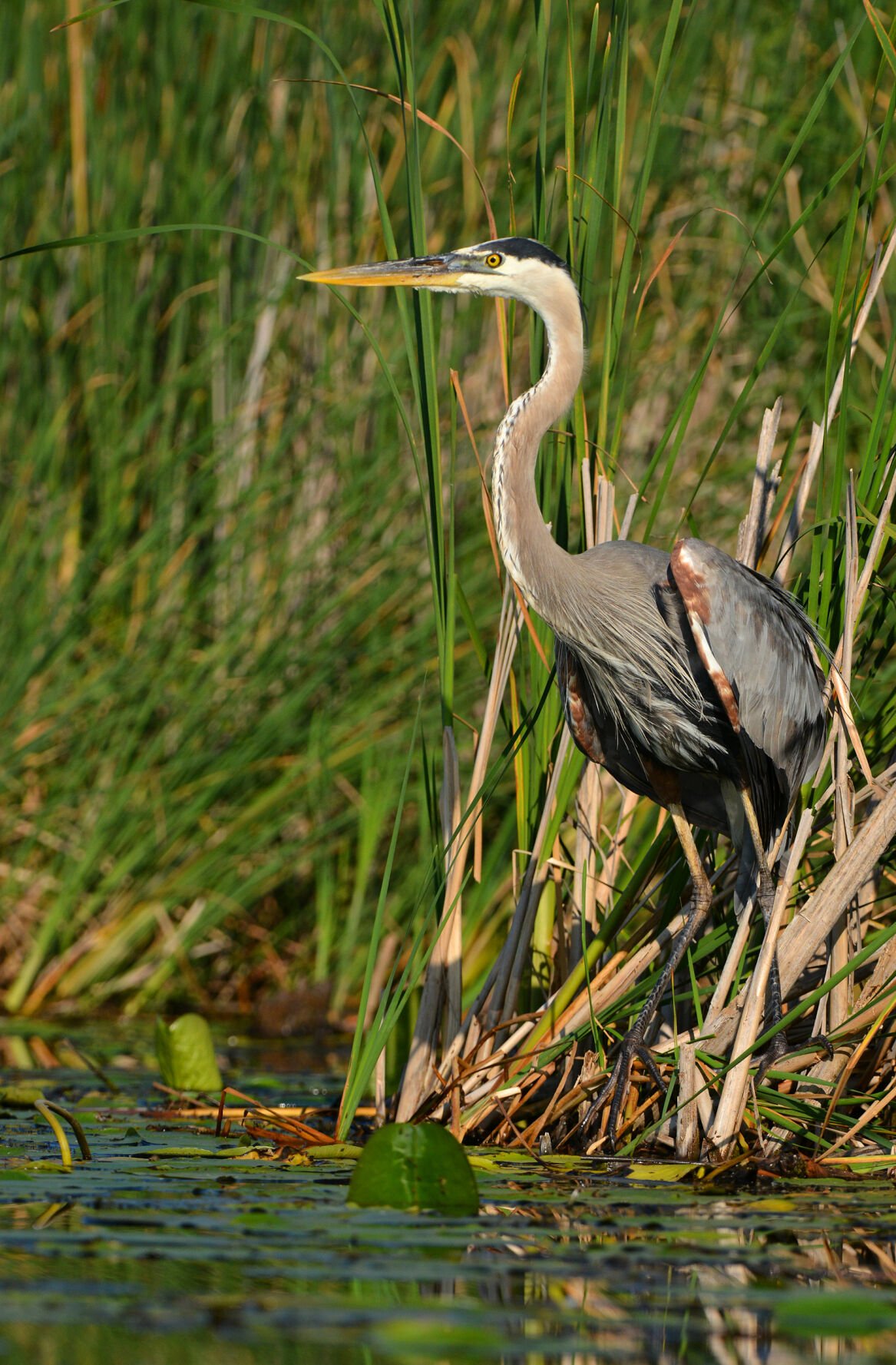

The more unusual species of ducks, i.e., Greater Scaup, Oldsquaw, Black, Surf and White-winged Scoters, Loons: Common Red-throated (rare), Pacific (rare) (All month until lakes freeze - Lake Manawa & Carter Lake, Iowa Papio Damsite Lakes - Douglas & Sarpy Counties DeSoto NWR - Missouri Valley IA) Waterfowl - Look for Ross' Goose with large flocks of Snow Geese at DeSoto NWR. November brings concentrations of waterfowl and, possibly, some of the rarer gulls. Arrival times can be affected by weather patterns. Also, during excessive heat, earthworms retreat deeper into the soil.The following is a partial list of birds that migrate through our area and approximate times to see them. That is one reason they do not remain in the south during the summer. Robins can become stressed by too much heat.

Many adults die while wandering from place to place in search of food. Scientists estimate that only about 25 percent of fledgling robins survive until November. Robins move to new territories during daylight hours. Robins switch their diets during late fall to almost all fruit until the next spring. Some will remain in northern areas, but if none moved south there wouldn’t be enough fruit to feed all the robins during the winter months. Most robins move from northern states south because when the earth freezes earthworms are no longer available. Survival rates are higher in flocks because there are more eyes watching for predators.īy fall, robins are searching for ripe fruit. Our area of the country has robins year round, but not the same birds. They will spend fall and winter in large flocks moving from place to place in search of food. It is during the last half of August that migration noticeably picks up.ĭuring late summer and fall, robins leave their breeding and nesting territories and begin to flock. Some of the young Indigo Buntings are still around, but many of the adults have left for their winter grounds. The Cerulean Warbler and the Louisiana Water thrush started migrating in July. Cold fronts are common across the country in August and September providing optimum flying conditions. During spring migration, male birds are driven to arrive on their breeding grounds first to claim the best nesting sites and capture the attention of females.ĭuring fall migration birds take their time and choose the best flying conditions. The young birds will take their first migration trip and depend on genetic imprinting to fly long distance and arrive where they are supposed to, recognizing it when they get there.įall migration for birds is a much slower process than the spring one. Even those migrating will remember and return next spring to the area where they were hatched. The young birds are becoming familiar with the area in which they were hatched, checking it out for food and water. They will be on the wing by the third week of August in large flocks moving south. Purple martins, chimney swifts and barn swallows are already beginning to congregate in masses. Most of the songbirds rest and rejuvenate until September and then begin the actual move to winter grounds.
#LATE BIRD MIGRATION AND LATE WINTER FULL#
By mid-August shorebird migration will be in full swing.


 0 kommentar(er)
0 kommentar(er)
